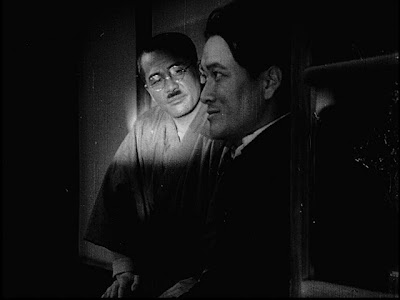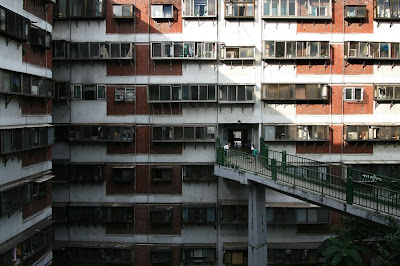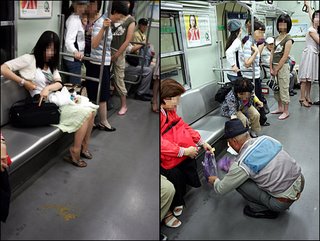Jamie over at Two Koreas has a worthwhile post looking at the Korean government response to the growth of undocumented workers in Korea. For example:
The Employment Permit System, designed to replace the discredited Industrial Trainee System, remains flawed in protecting migrant’s rights and encourages illegality as it has not been configured to factor in the actual costs of migration to individual workers (in the sense of hidden and illegal recruitment and brokerage costs that persist for migrants from particular regions; short, 1-3 year time horizons for employment that leaves both workers and employers with incentives to overstay the contract; and problems associated with the initial implementation of the EPS which ignored the majority of undocumented migrants in Korea by excluding them from access to permits).Regarding those who have been arrested, they are being treated well but they may be forcibly deported, as "it seems as though the Korean government is trying to arrange consent from the Bangladeshi and Nepalese embassies, even if they don't have passports, personal belongings or money to buy a plane ticket."
Thus, a large portion of the increase in the number of undocumented year by year consists of overstayers rather than new migrants. Rather than correcting the system, the government, largely at the behest of the Ministry of Justice and Ministry of Government and Home Affairs, has chosen to pursue crackdowns on the undocumented while recruiting newer workers from overseas.
[Original post]

Let's start with the Hankyoreh:
Another reckless crackdown on migrant workers is underway. Yesterday three key officers in the Migrants’ Trade Union (Iju Nodongja Nodong Johap) were taken away by immigration agents. The three were clearly targeted. Just the other day two ethnic Koreans from China jumped off the roof of a Chinese speaking church in Hwaseong, Gyeonggi Province, while trying to ditch agents there to arrest them, who then broke their legs and ankles. For how much longer is the government going to continue this inhumane crackdown?In January this year, the Seoul High Court ruled in favor of foreign workers seeking to join a trade union despite their illegal status from overstaying visas. Since then the union has been very active. In August the government began yet another crackdown on migrant workers, though this one has been carried on much longer than those in the past. The full Hankyoreh article (excerpted above) talks about the increasing power immigration officers have been given to carry this out.
The reason the government is going after foreign laborers with such zeal is said to be because of the rapid increase in the number of undocumented migrant workers. This kind of ruthless crackdown, however, is as bad a policy as one could have. There are said to be some 230,000 undocumented migrant laborers in Korea; is the government going to continue this way until it has grabbed them all?
In the wake of the senseless deaths of migrant workers in a fire at Yeosu detention center this past February, (and in a rising number of workplace related deaths) it was hoped the government would review their policies, but they've, predictably, continued with the only policy they know: crackdown.
Perhaps it's a testament to how much of a threat the government sees them as; it has always targeted the organizers in the hope that if the head is lopped off, the body will die. This has always been a false hope on their part. Most of the migrant worker organizers I've known have been arrested and deported, and I know one of the men arrested on Tuesday. He's a really good person, and does not deserve to have this happen to him.
For all the idiocy (some might say racism) I quoted here, be sure that migrant workers are treated far, far worse than any westerners in Korea are. What's also creepy is the degree to which they watched the men before they were arrested. One of them "takes medication for his stomach and cholesterol and when he got to the jail, they already had it prepared for him."
Two Koreas has more on this here, and a call for solidarity is here.




















































